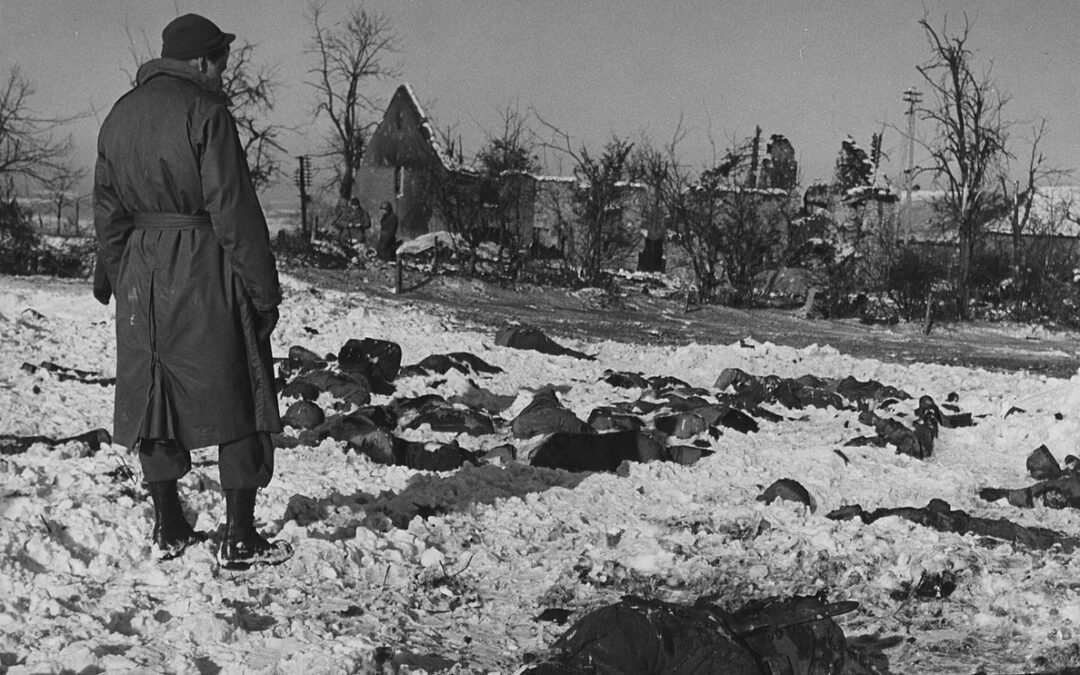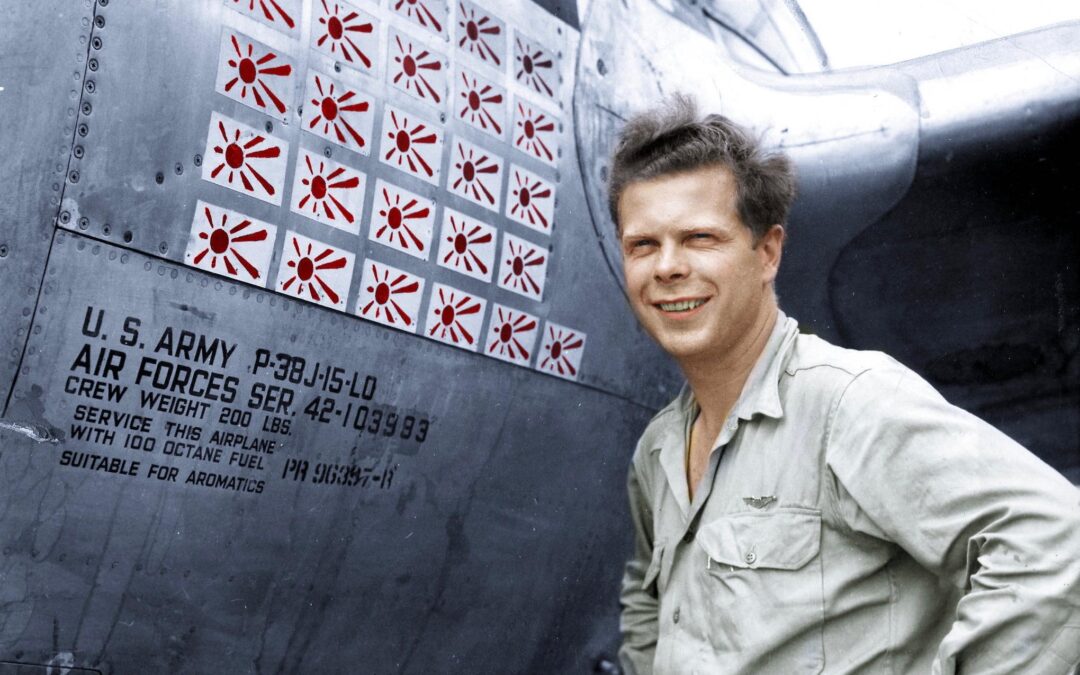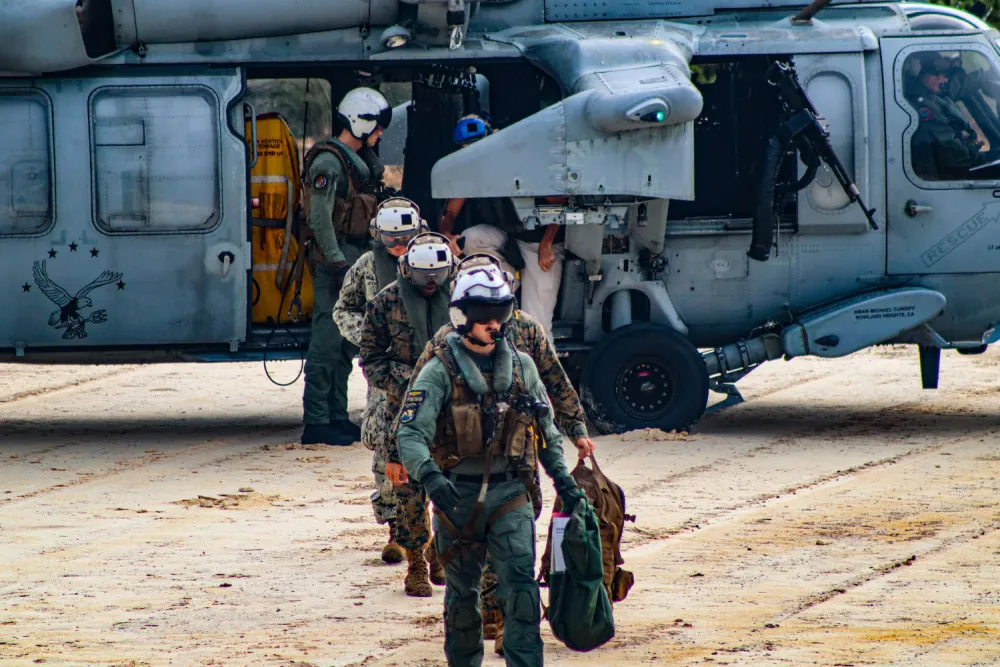With America thrust into World War II, President Franklin D. Roosevelt became interested in creating an American equivalent to the British Commandos; elite, highly mobile, hard-hitting forces, and the Marine Corps was the natural place for this organization. The debate over the creation of these elite units came to a climax when the new commander of the Pacific Fleet, Admiral Chester Nimitz, requested a "commando unit" for raids against lightly defended Japanese-held islands. Created by an order from President Roosevelt, the Marine Commandant, Major General Thomas Holcomb, selected the term "Raider" and created two battalions. The 1st Raider Battalion was activated on February 16, 1942, under the command of Lt. Col. Merritt Edson, followed immediately by the 2nd Raider Battalion on February 19, under the command of Lt. Col. Evans F. Carlson. However, much of the Marine establishment was unaccepting of the change and, in combination...











